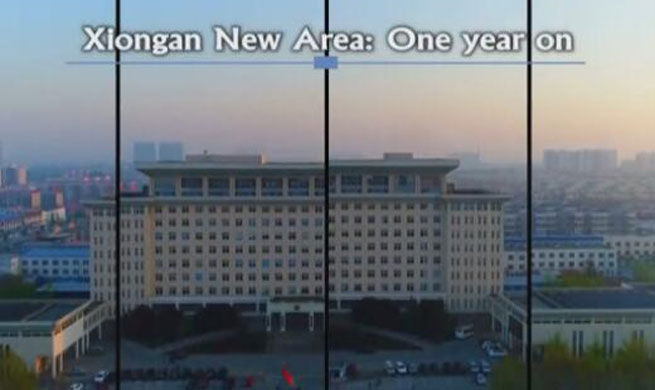BEIJING, April 1 (Xinhua) -- Tiangong-1, China's first space lab, will re-enter the Earth's atmosphere on April 2, China Manned Space Engineering Office (CMSEO) said on Sunday.
Tiangong-1 orbited at an average altitude of 167.6 kilometers on Sunday.
The space lab will mostly be burnt up in the atmosphere and it's highly unlikely to cause any damage on the ground, according to an article published by CMSEO recently.
With a weight of about eight tons, Tiangong-1 is much smaller the 80-ton Skylab and 140-ton Mir, and is unlikely to affect aviation activities or cause damage on the ground, the article said.
The re-entry process is usually divided into three phases. During the first phase, the atmospheric drag will rip solar arrays, antennas, and other external parts off a spacecraft at an altitude of about 100 kilometers.
As it continues to fall, the main structure of the spacecraft will be burnt or explode from increasing heat and friction. It normally disintegrates at an altitude of about 80 kilometers.
The fragments will keep burning and most of them will be dissipated in the air. Only a small amount of debris will reach the ground, and will float down at a very slow speed due to their small mass.
Tiangong-1 was launched on Sept. 29, 2011 and ended service in March 2016 after completing its mission.
It has docked with Shenzhou-8, Shenzhou-9, and Shenzhou-10 spacecraft and undertaken a series of tasks, making important contributions to China's manned space cause.

















